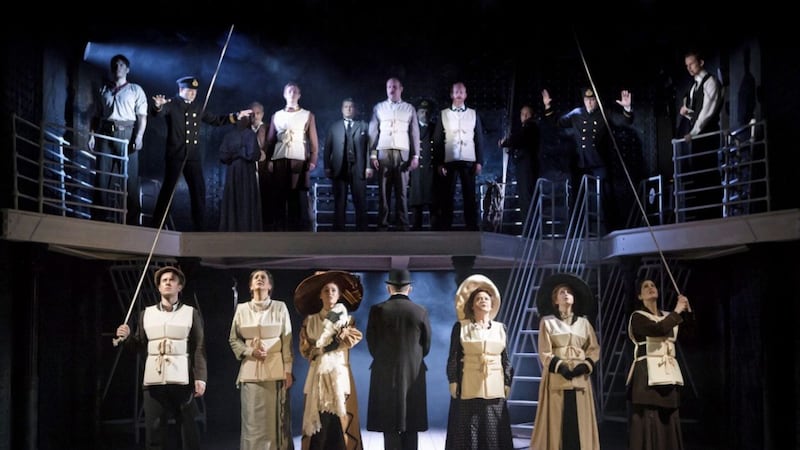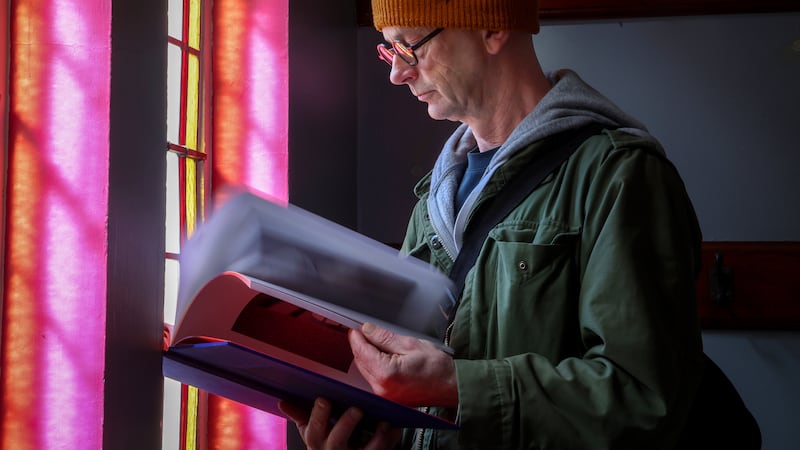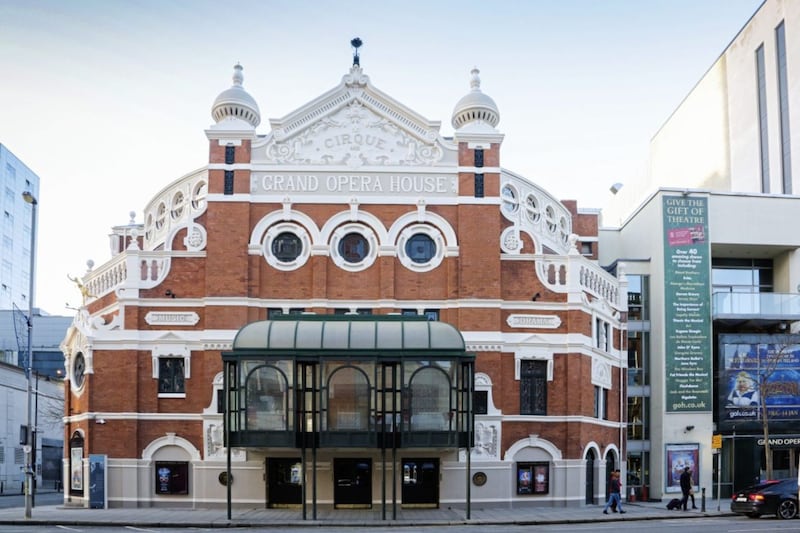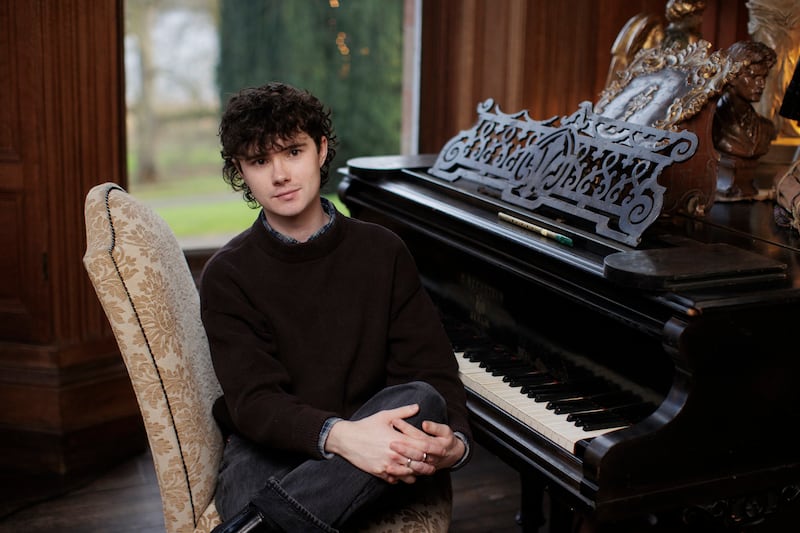THE Grand Opera House in Belfast is buzzing. Tomorrow evening sees the launch of Titanic The Musical and those who have seen it already are excited, like two especially interested women who will be in the first-night audience.
Since the early 70s, Una Reilly has had a growing involvement in the Belfast ship and has done much to publicise the history, Why? Her great aunt Hanna saw both the Titanic and the Olympic and her great grandfather was a carpenter on board, so from an early age she has been fascinated with the story.
“We’d a chessboard he’d made with Titanic wood and aunt Hanna talked about how she sneaked on board and sailed on it during the one day of trials. It was part of the family history.”
Allison Murphy was also intrigued by the story of the largest man-made moveable object in the world but was especially fascinated by the men who built the Titanic. Their story wasn’t so well known so she determined to build an archive of information and so began talking to people who knew the ship and their families.
Despite the thought that it was entirely a Protestant workforce, she discovered the opposite. Catholic and Protestant worked side by side, living next door to each other, all with one purpose in life, to build the biggest vessel in the world and to build it with pride and purpose.
“Not all came from Belfast,” she told me when we met at her home in Portaferry, Co Down. “Because they were earning the highest wages in Ireland, men came from all over Ireland, Scotland and England. One man even came from India.
"Belfast was an industrial powerhouse, building the world’s biggest everything, from the biggest ships in the world, in the biggest shipyard, the largest dry dock in the world, biggest rope works, largest tobacco factory, largest linen-spinning mill...”
And so it goes on.
“Greatest tea machinery works, biggest aerated water factory, even the world’s largest banner makers.”
Against this background, in 1909 construction began on the Titanic and workers crowed into the city. There wasn’t enough accommodation for everyone so families took in borders.
“One family in Bryson Street, Lavinia a Catholic and her husband Thomas a Protestant, took in six borders on top of their own family. Can you imagine six sweaty men coming from the yard using the only sink in the scullery right beside the cooking stove, sharing an outside toilet? Clothes to be washed with no electricity, let alone a washing machine.”
All existed happily under the one roof and although the majority of the workforce was Protestant, that was immaterial to the owner of Harland and Wolff, Sir Edward Harland who in 1886 decreed that no man was to be hired or fired because of his religion.
He paid his men well: for skilled workers, on average the wage was two guineas a week – two pounds and two shillings – the same as a week in Bundoran for a family.
To record the stories, Allison took a tape recorder and spoke to those with a Titanic family history. She heard about the ‘heater boys’, some as young as 14, who heated up the three million rivets used in the ship's construction, threw the red hot rivets to the ‘catch boy’ who caught them in his gloves gave them to the ‘holder upper’ who held them in place as they were hammered home, and about the men who built the first ever swimming pool on a vessel, the Turkish bath and the Veranda Cafe with real palm trees.
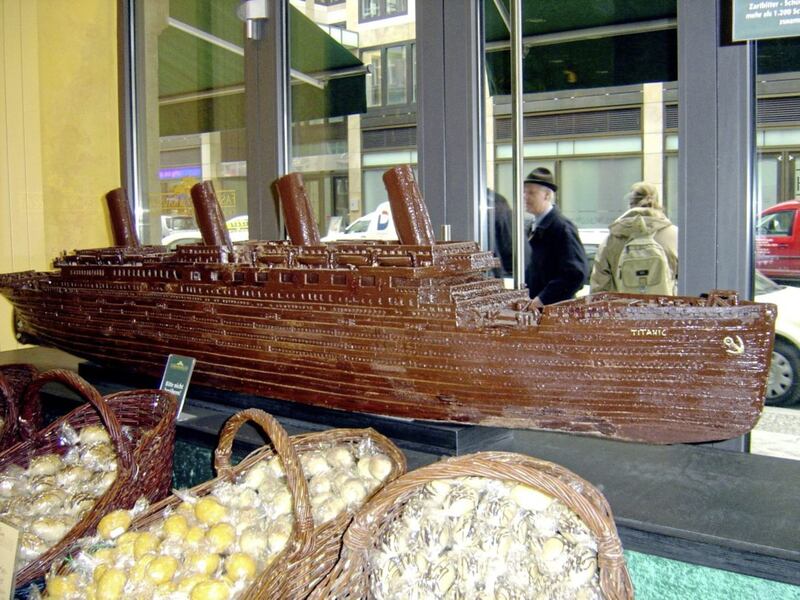
A teacher, author and historian, with a master's in Irish Studies, Allison’s interest grew and when she met Una the two put their heads together and decided to mount an exhibition, Titanic At Home. However, when they floated the idea there was little support from the city council or from newspapers – no-one would be interested in the story of a Protestant shipyard, they were told, so they just got on with it and the local society was formed, exhibitions arranged, and the word went round the world.
Indeed, I was amazed when visiting Berlin a few years ago to see a replica in the window of a sweet emporium – a chocolate Titanic.
Experienced as events organiser of Belfast Titanic Society and editor of their journal for 12 years, Allison, with Una, dedicated a lot of time and enthusiasm to the story, especially coming up to the centenary commemorations. They have maintained their interest and will do so into the future. Doubtful that Titanic Belfast would exist without them.
Tomorrow they will see their passion come alive on stage as a 25-strong cast of actors perform over 50 roles, covering individual stories of the first class, second class and third class passengers and the hundreds of crew members who worked on the boat’s maiden voyage.
As the Titanic hits the iceberg and the beautiful ship slowly founders, one of the most moving moments is the duet between Isidor and Ida Straus, an American couple who had been married for over 40 years and who both opted to go down with the ship into the freezing Atlantic.
It’s hard to imagine the devastation felt in Belfast and beyond that night in 1912 when 1,523 people lost their lives; the tragedy hit young and old, every church, despite denomination, opened their doors and the Falls Road was ablaze with candles.
Families, friends and the general population crowded outside local newspaper offices in and around Royal Avenue demanding news – no mobile phones or twitter accounts in those days.
The Titanic took three years to build and two hours and 45 minutes to sink, the same duration as the Opera House production.
:: More at www.goh.co.uk

